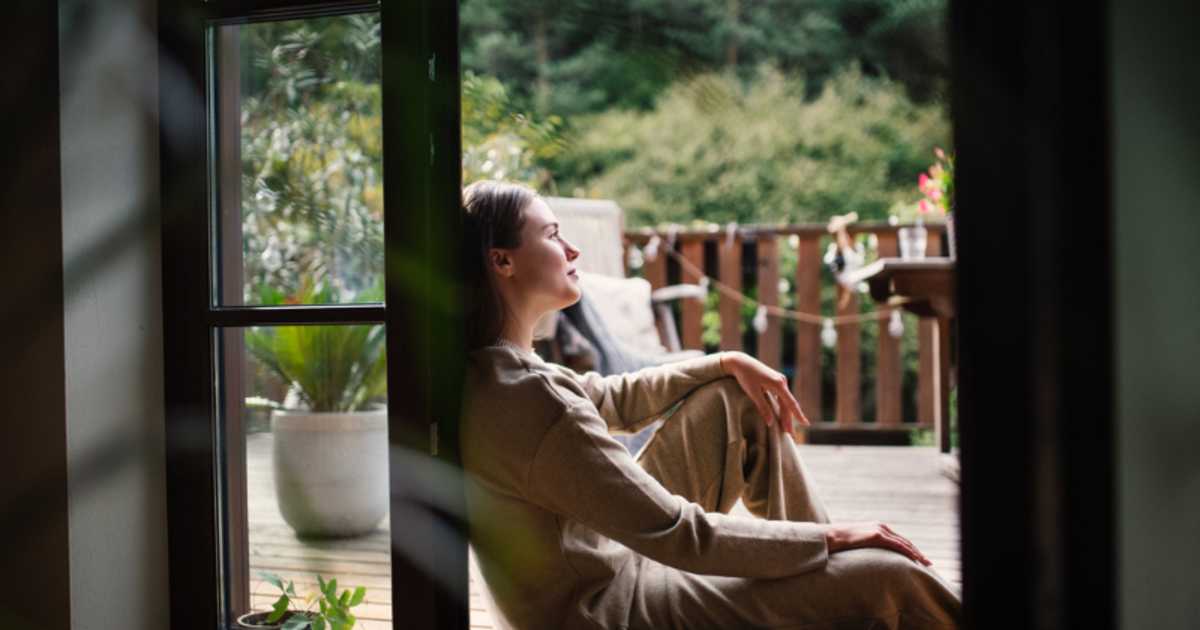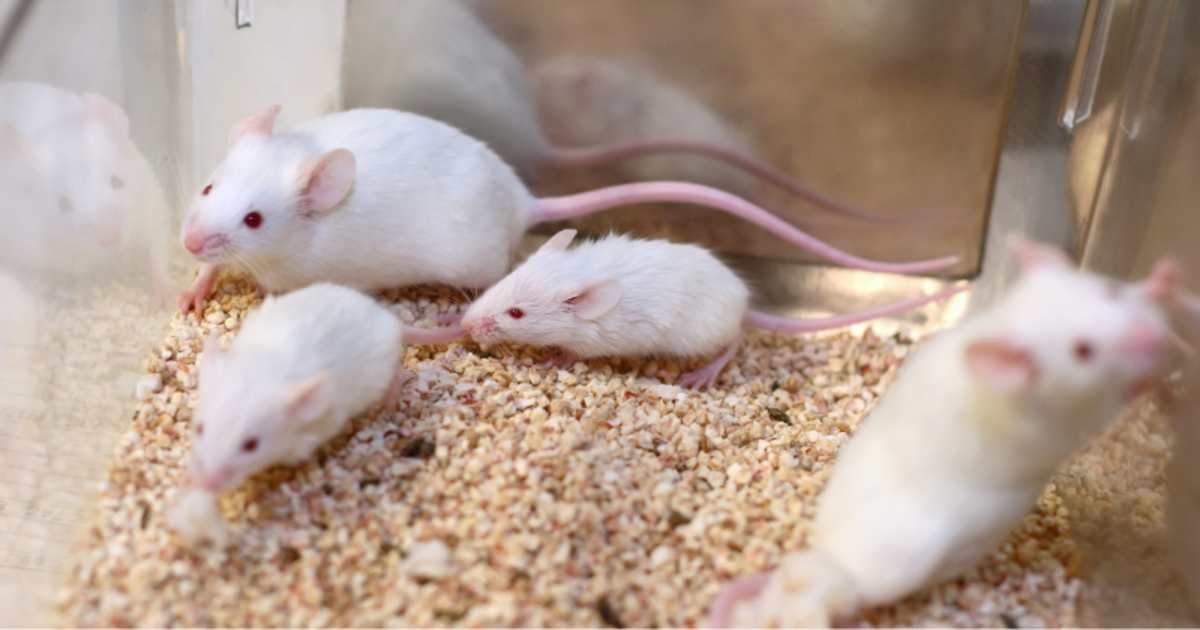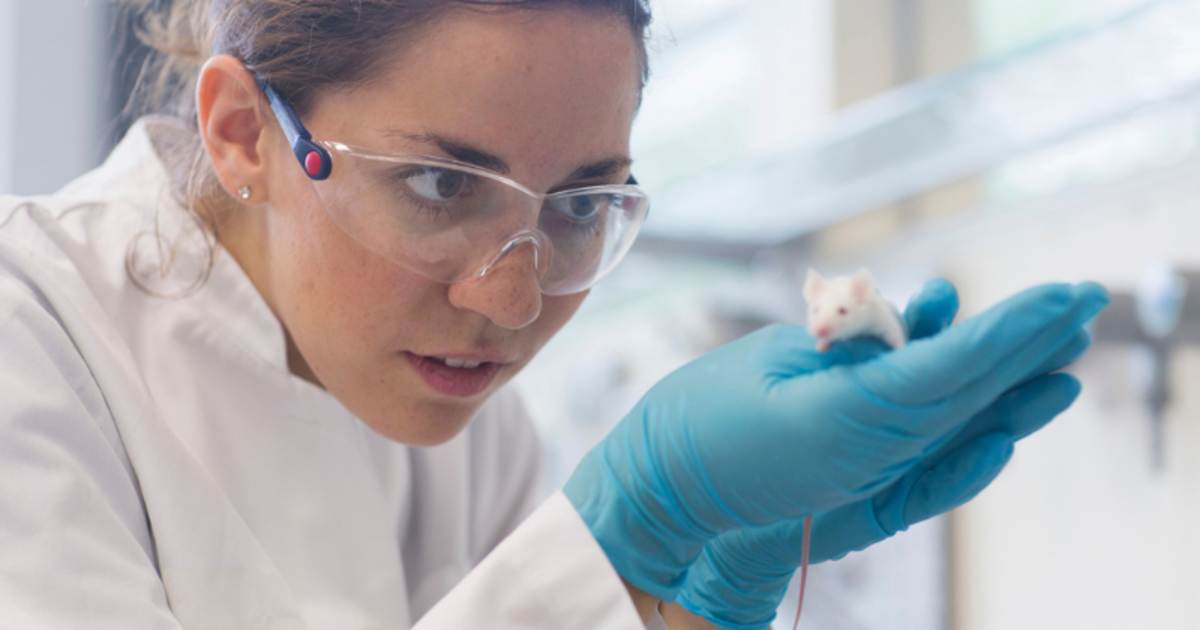The Brain Continues to Learn Even After You 'Zone Out,' Reveals New Data

For years, daydreaming and “zoning out” were considered unproductive acts, but that was the belief until scientists decided to put it to the test. Scientists at the Howard Hughes Medical Institute (HHMI) took 89 separate recordings of neural activity from 19 specially bred mice. They noticed that unfocused activities can help in learning new information at a much better rate. They published the analysis of their study in the Nature journal.

The Study on Neurons
“Theorists have long postulated for decades that the brain might be using unsupervised learning,” said Lin Zhong, the first author and research scientist at HHMI, as reported by IFL Science. “Humans definitely employ unsupervised learning, a powerful learning skill everyone [is] born with,” Zhong further added. The study suggested that when the human brain is not engaged in a specific task, it can still be in the process of learning new information.
“Even when you are zoning out or just walking around or you don’t think you are doing anything special or hard, your brain is probably still working hard to help you memorize where you are, organizing the world around you, so that when you’re not zoning out anymore—when you actually need to do something and pay attention—you’re ready to do your best,” explained Marius Pachitariu, the group leader at Janelia in a statement. For the experiment, the team created virtual reality (VR) environments for mice. It featured corridors with a variety of textures and details similar to different real-life environments, and some textures were associated with rewards while others were not.

The Study on Mice
The mice were let out in this virtual environment for several weeks, while the team monitored the neurons and analyzed the neuronal recordings. As the mice learned the rules and the reward system, the researchers would make small tweaks to keep the worlds interesting for the mice. While analyzing the data with a tool they developed in-house, the team was able to come up with some findings they couldn’t explain. The mice were showing signs of neural plasticity in their visual cortex. The brain can form and change new neuronal connections over time in response to the data it is receiving constantly. The neural plasticity seen in mice was not from the task they were learning, the researchers realized.

“As we thought more and more about it, we eventually ended up on the question of whether the task itself was even necessary. It’s entirely possible that a lot of the plasticity happens just basically with the animal’s own exploration of the environment,” noted Pachitariu. They found that when they left to learn and explore the corridors for weeks, they caught on to the reward system much quicker than the mice who had gone through formal training. “Given that unsupervised learning happens all the time, we learn more from just observing people around us, such as family members and friends, than from being taught by them,” explained Zhong. The study suggested to give unsupervised learning another try, as Pachitariu noted, “if that’s the main way by which the brain learns, as opposed to a more instructed, goal-directed way, then we need to study that part as well.”

The Future of this Study
Researchers put more emphasis on the environments where students are gaining knowledge after their experimentation. “For example, a kid tends to grow up to be respectful when surrounded by positive role models, and vice versa. Our work paves the way for understanding the differences and similarities between artificial and biological intelligence. Further studies on how different learning algorithms in the brain are implemented and how they interact with each other in different learning contexts could allow a better understanding of how the brain learns,” Zhong concluded.
For more information, please read the study, 'Unsupervised pretraining in biological neural networks' authored by Zhong, L., Baptista, S., Gattoni, R. et al. in Nature journal.